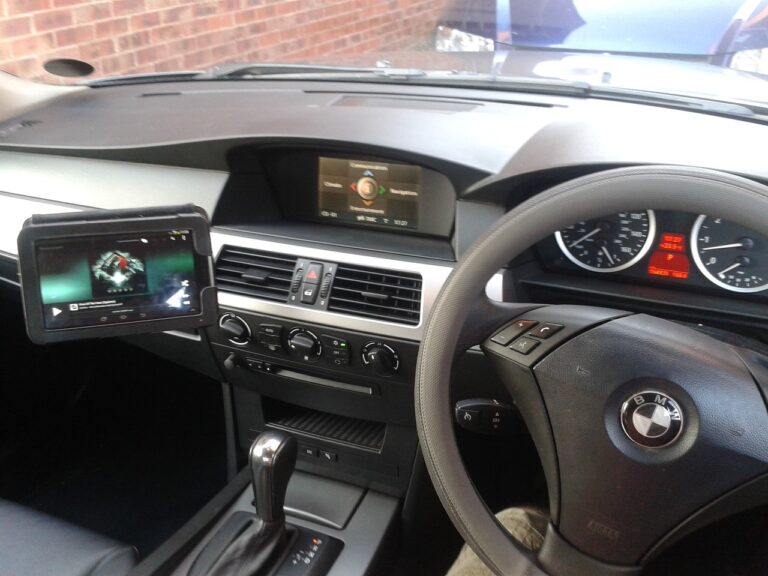Assessing the Benefits of Vehicle-to-Infrastructure (V2I) Communication in Traffic Management
V2I communication plays a vital role in modern traffic management systems. By enabling direct communication between vehicles and infrastructure, such as traffic lights and road signs, V2I technology facilitates real-time data exchanges that help optimize traffic flow and reduce congestion. This allows transportation authorities to make informed decisions based on the current traffic conditions, leading to more efficient use of roadways and improved overall traffic management.
Moreover, V2I communication enhances the effectiveness of traffic control measures by providing valuable insights into traffic patterns and trends. With access to data on vehicle speeds, volumes, and locations, traffic managers can implement targeted strategies to address specific congestion hotspots and enhance safety for all road users. By leveraging V2I technology, cities can create smarter, more adaptive traffic management systems that respond dynamically to changing traffic conditions, ultimately leading to a safer and more efficient transportation network.
How V2I Technology Can Improve Road Safety
V2I technology, also known as Vehicle-to-Infrastructure communication, plays a crucial role in enhancing road safety. By allowing vehicles to communicate with infrastructure elements such as traffic lights and signs, V2I technology can provide real-time data to drivers, helping them make informed decisions on the road. This communication enables vehicles to receive advanced warnings about potential hazards, road conditions, and upcoming traffic incidents, thus reducing the likelihood of accidents and improving overall road safety.
Moreover, V2I technology can facilitate the implementation of automated safety features in vehicles, further enhancing road safety. Through the exchange of information between vehicles and infrastructure, V2I technology enables features such as automatic emergency braking, lane departure warnings, and adaptive cruise control to function more effectively. These safety features leverage V2I communication to react swiftly to changing road conditions, mitigate risks, and ultimately prevent accidents on the road.
What is V2I technology?
V2I technology, or Vehicle-to-Infrastructure technology, enables communication between vehicles and infrastructure such as traffic signals, signs, and roadways.
How does V2I technology improve road safety?
V2I technology can improve road safety by allowing for real-time communication between vehicles and infrastructure, helping to reduce congestion, prevent accidents, and improve traffic flow.
What are some examples of V2I applications?
Some examples of V2I applications include traffic signal prioritization for emergency vehicles, warning systems for dangerous road conditions, and traffic management systems for optimizing traffic flow.
How does V2I technology benefit traffic management?
V2I technology benefits traffic management by providing data on traffic patterns, congestion levels, and road conditions, allowing for more efficient and effective traffic management strategies to be implemented.
Is V2I technology widely used in transportation systems?
While V2I technology is still being adopted in many transportation systems, it has the potential to significantly improve road safety and traffic management in the future.





